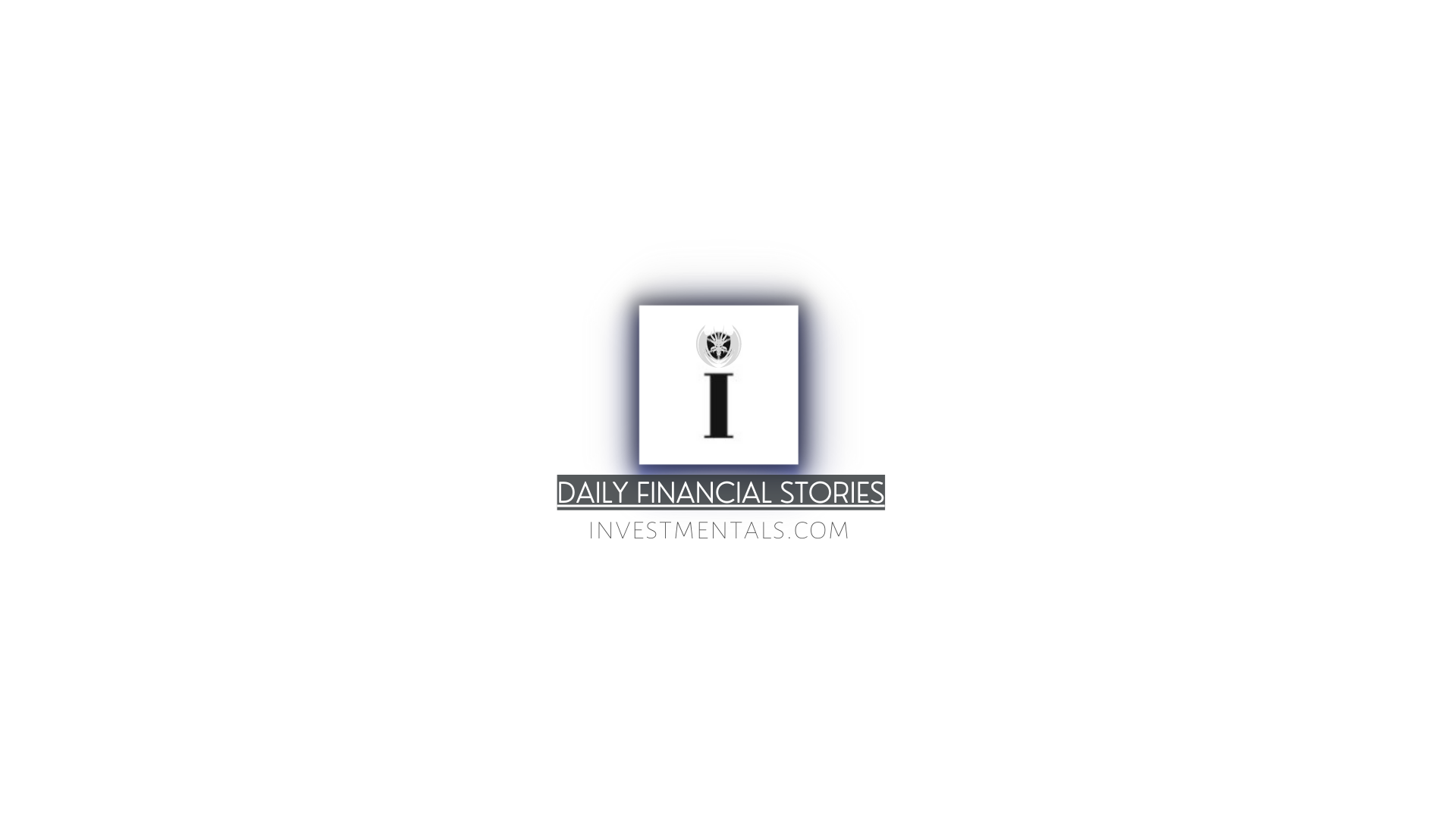Federal Reserve officials signaled the likelihood of future rate hikes, albeit at a slower pace, during their June 13-14 meeting.
The minutes released on Wednesday revealed that policymakers opted against an immediate rate increase due to concerns about economic growth. However, they acknowledged the probability of further hikes.
“Many officials also noted that, after rapidly tightening the stance of monetary policy last year, the Committee had slowed the pace of tightening and that a further moderation in the pace of policy firming was appropriate in order to provide additional time to observe the effects of cumulative tightening and assess their implications for policy,” the minutes said.
The decision to keep rates unchanged was motivated by the need for additional time to evaluate the progress of the economy in terms of employment and price stability.
Members of the Federal Open Market Committee expressed reservations about various factors. They believed that a brief pause would enable them to assess the impact of the aggressive rate increases, totaling 5 percentage points, which marked the most substantial moves since the early 1980s.
The minutes also noted that the tightening credit conditions, including higher interest rates, could impede economic activity, hiring, and inflation, although the extent of these effects remained uncertain.
The unanimous choice to hold rates steady was influenced by the cumulative tightening of monetary policy and the lagged impact it has on economic activity and inflation. The markets responded minimally to the release, with the Dow Jones Industrial Average experiencing a modest decline and Treasury yields rising sharply.
The minutes also revealed some divergence of opinions among committee members. According to projection materials shared after the June session, most participants anticipated at least one rate hike this year, with many expecting two or more. While those favoring tightening highlighted the tight labor market, stronger economic activity, and the absence of clear signs of inflation returning to the desired 2% objective, there was a general sentiment that the pace of rate hikes would moderate.
“The participants favoring a 25 basis point increase noted that the labor market remained very tight, momentum in economic activity had been stronger than earlier anticipated, and there were few clear signs that inflation was on a path to return to the Committee’s 2 percent objective over time,” the minutes said.
Since the meeting, policymakers have maintained a steadfast stance against conceding too quickly in the fight against inflation. Fed Chairman Jerome Powell emphasized the unity among the committee members, stating that rates are expected to remain unchanged through the end of the year, with the majority anticipating future rate increases.
Despite some reservations, the data has generally aligned with the Fed’s position. The Fed’s preferred inflation gauge indicated a modest 0.3% increase in May, although the annual rate remained at 4.6%. While there have been indications of a loosening labor market, job openings still surpass available workers by a significant margin. Fed officials emphasize the importance of narrowing this disparity to mitigate the demand-driven inflationary pressure.








Jackson Hole Symposium: How Markets Have Responded to Powell’s Speeches Over Time - Investmentals
[…] observations rather than theoretical models. Powell’s hawkish stance on interest rates, amidst rising inflation, led to a modest market reaction. The S&P 500 index rose by […]
US housing crisis reaches political boiling point as interest rates soar and the Fed’s limits become clear - Investmentals
[…] States, particularly for first-time buyers. The ongoing high cost of living and escalating interest rates in the first few years of this decade have dramatically increased the obstacles faced by […]
Jackson Hole Symposium: How Markets Have Responded to Powell’s Speeches Over Time – Investmentals
[…] on current economic observations rather than theoretical models. Powell’s hawkish stance on interest rates, amidst rising inflation, led to a modest market reaction. The S&P 500 index rose by 0.6% […]